Firmware updates are essential for the performance and reliability of wireless lavalier microphone systems. This...
How the microphone works
Have you ever stared at any device and wondered how it worked?
What about your microphone? How does microphones work it pick up sounds and transfers them to the speaker?
There really isn't anything magical about microphone technology. The microphone has often been called the reverse speaker by many techies in the past.
If you're curious and this question about microphones work has been on your mind, the answers you seek are right here.
In this article, you'll get to see a step-by-step process of how the microphones work and transmits sounds.
Types of microphones
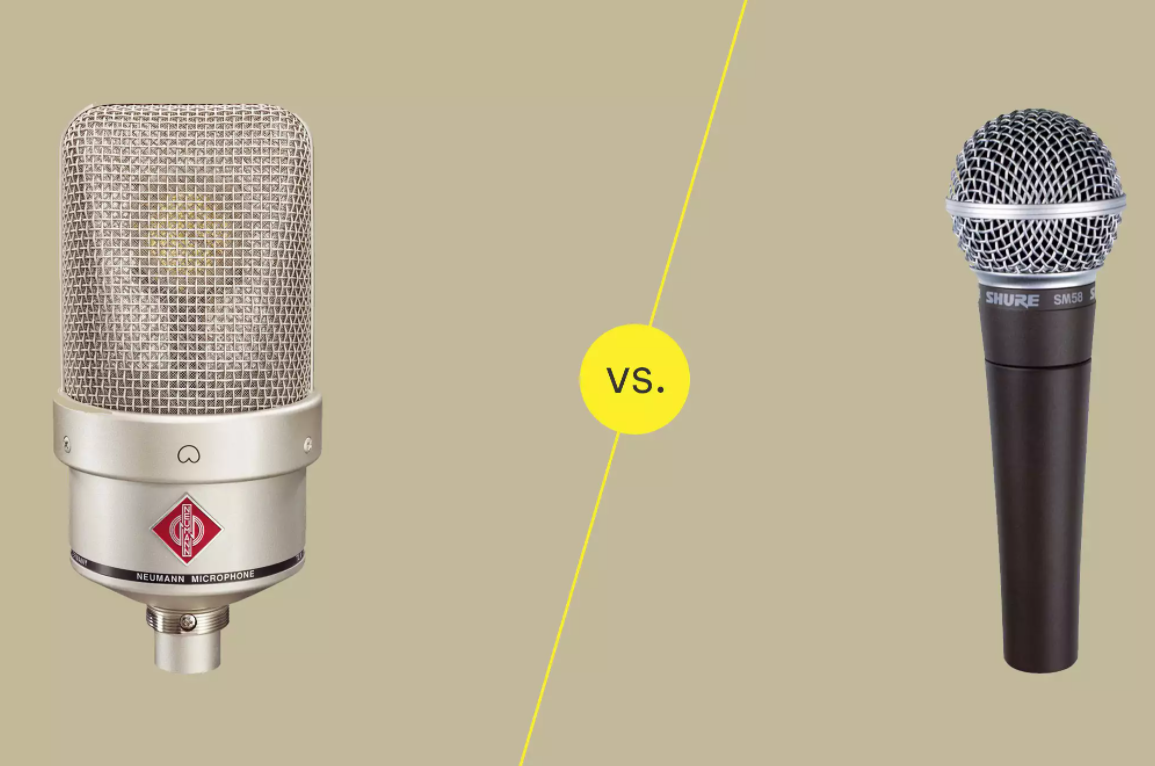
Not many people know this, but microphones work aren't classified based on their connection type, e.g., wireless microphones and wired microphones, but rather, they are classified based on the way their diaphragm transmits sounds.
In a studio environment, for example, there are two different types of microphones work you'll be using:
l Dynamic microphones
Dynamic microphones are just the basic everyday microphones that you've probably used at some point in time.
These microphones work by using diaphragms and coils
l Condenser microphones
Condenser microphones work by a more complex system than dynamic microphones.
These microphones work by using a diaphragm as well, only that it moves the metal plates of a capacitor and generates a current.
Step by step, look at how microphones work
Now it's time to look at how microphones work.
Microphones work in the following way:
- The microphones work converts the sounds into a small electrical current
- The resulting sound waves then hit a diaphragm that vibrates.
- This vibration moves a magnet near a coil.
However, as we have already mentioned, microphones like condenser microphones work by capacitors.
Microphones work also by direction. Most microphones work, for example, are omni-directional.
That means they pick up sounds equally from any direction. Meaning, if you're planning to do a quick studio session in the park, your microphone is going to pick up every sound there, from the dogs and their owners playing fetch to the kids asking for ice cream.
However, microphones work that are often used by the news broadcast media are unidirectional.
Haven't you ever wondered why even during a street fair, the news reporter's voice always sounds so crisp regardless of the noise being generated in the back?
That's because these microphones focus on sounds coming from a single direction only. This brings the main focus to the speaker by almost canceling every other background noise or sound.
Conclusion
If you have a kid who loves to sing and cannot wait to get surprised with microphones, the above guide is something to help you get started with at first. Once your kid enjoys enough, you can learn more about their ideas and help them prosper their dream as a singer.
A good microphone reciprocates with the dream and flourishes them with self-confidence. Getting them one will be your best decision as a parent.

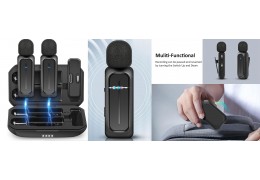
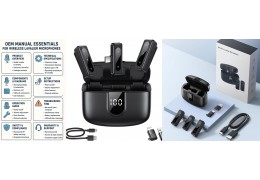

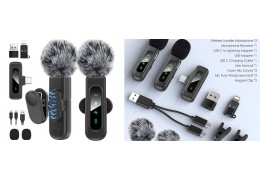
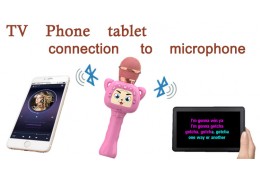
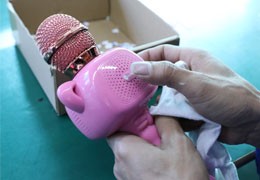




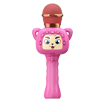

Latest comments